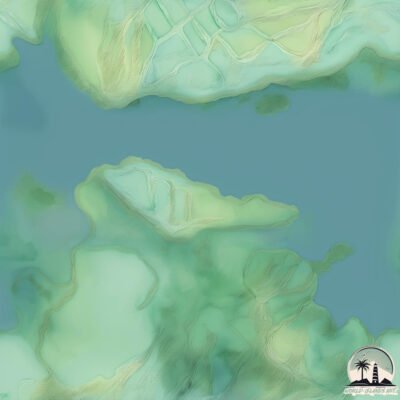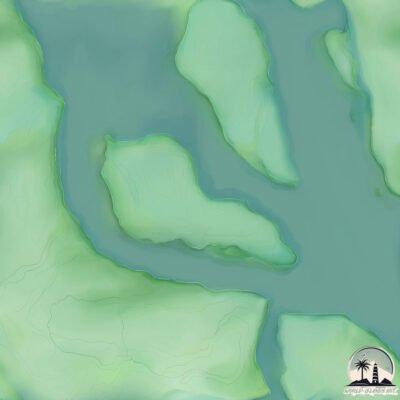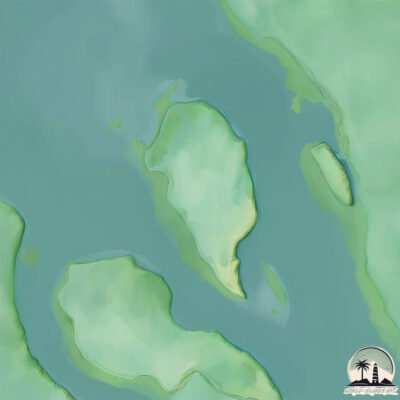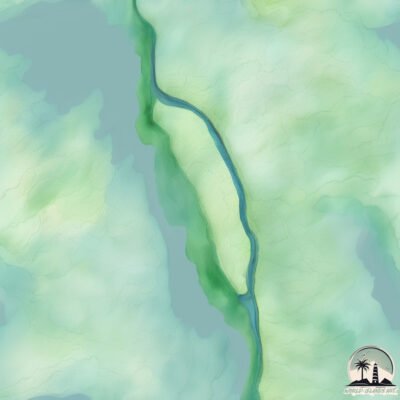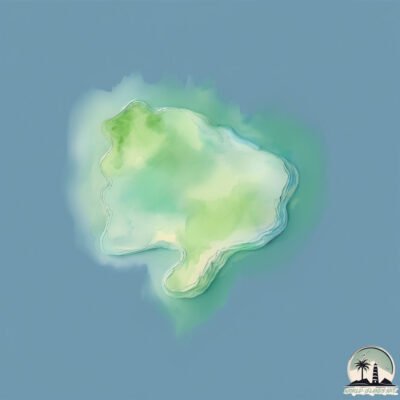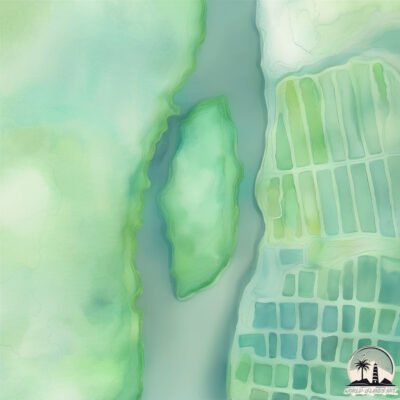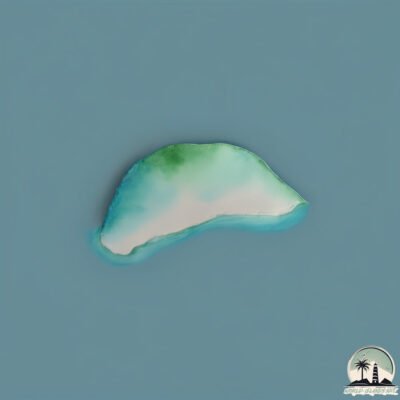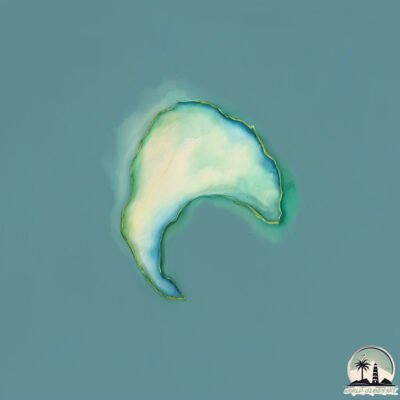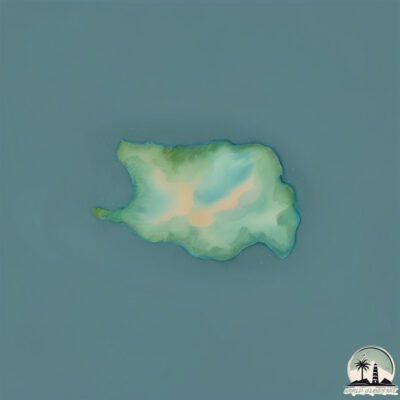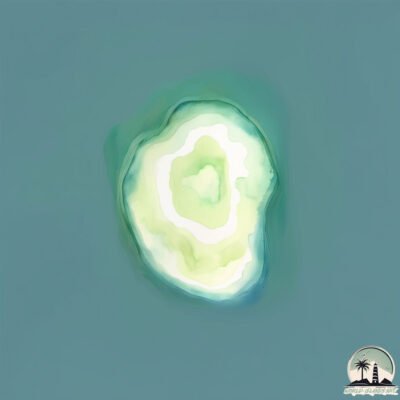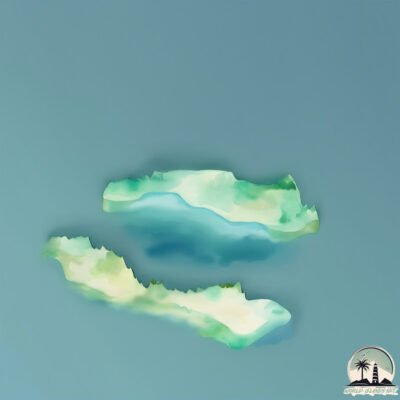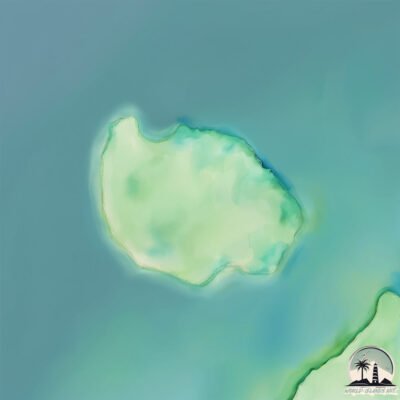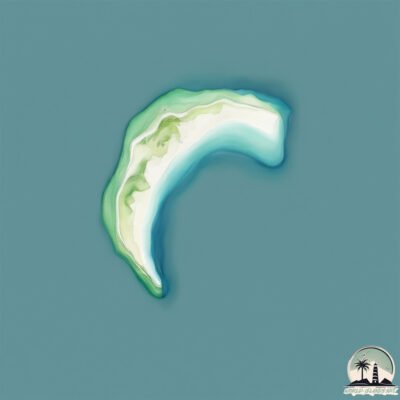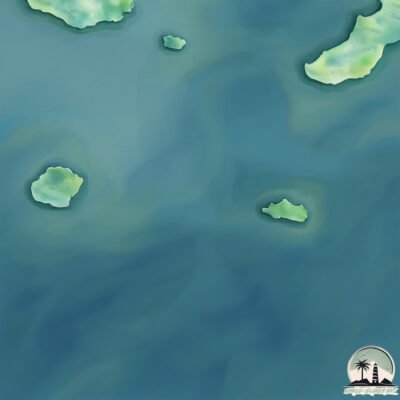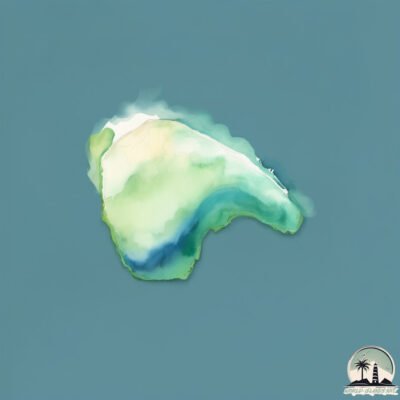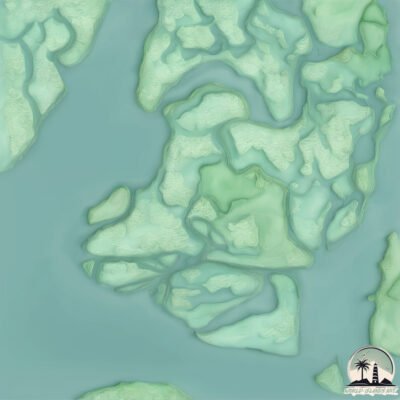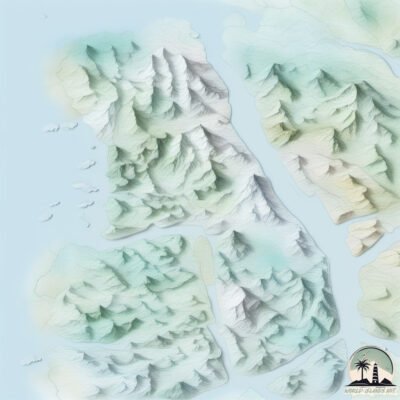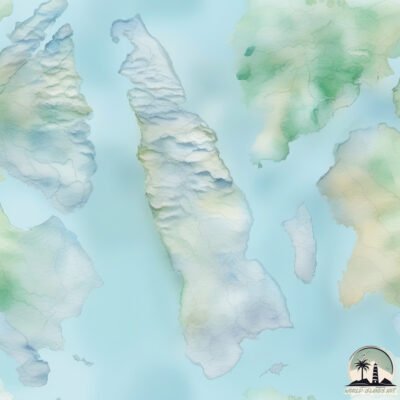Ecuador
Islands of Ecuador: A Convergence of Biodiversity and Cultural Richness
Ecuador, though modest in size, boasts a remarkable array of islands, each offering a unique blend of biodiversity, ecological significance, and cultural richness. The most renowned of these are the Galápagos Islands, a UNESCO World Heritage site, famed for their extraordinary wildlife and pivotal role in Charles Darwin’s theory of evolution.
The Galápagos Islands, located about 1,000 kilometers off Ecuador’s coast in the Pacific Ocean, are a living laboratory of evolution. This archipelago, with its diverse range of habitats, from pristine beaches to volcanic landscapes, is home to an array of unique species like the giant Galápagos tortoises, marine iguanas, and flightless cormorants. Their isolated environment has allowed for remarkable biodiversity and endemism, making them invaluable for scientific study and conservation.
In addition to the Galápagos, Ecuador’s coastal region is dotted with smaller islands and islets, each with its own ecological and cultural significance. Islands like Isla de la Plata, often referred to as the “mini Galápagos,” offer rich wildlife experiences, including opportunities to observe humpback whales, sea turtles, and a variety of seabirds.
On the mainland’s coastal region, the islands play a crucial role in the cultural and economic life of the local communities. These areas are steeped in rich cultural traditions, with a history that intertwines indigenous, African, and Spanish influences, reflected in the music, dance, and culinary practices.

